Beijing Travel Guide
If China is the Middle Kingdom, then Beijing is the middle of the Kingdom! Nothing less, nothing more! Protected from external aggressions by the Great Wall, this multifaceted capital city offers a summary of the country and its contradictions. This is what a tourist guide to Beijing will show you. The architectural tradition of the Forbidden City and the imperial buildings are matched by the very design buildings of the business district, the malls of Sanlitun – and notably the Village or the towers of Soho – or the concentric peripheries of a city that has become sprawling. A few hundred meters are enough to go from the China of the Ming dynasty to that of the 21st century, from trendy neighborhoods to popular residences.
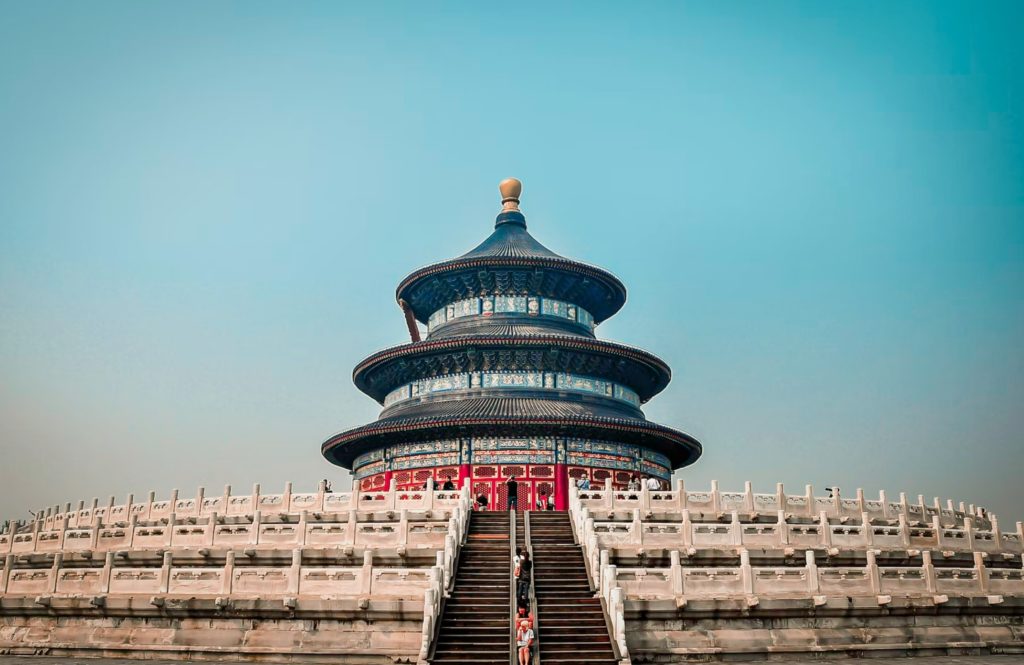
And the heart of the city is a real historical journey, which allows you to navigate from the time of the emperors to that of the proclamation of the People’s Republic. From Tian’anmen Square to Mao’s mausoleum, from the street of antiques to the office towers, everything reminds us that Beijing is today an essential business center, a world city. Both a consumerist capital and a spiritual city, Beijing feels its heart beating in different tempos. Between excessive modernization and ancestral traditions, welcome to Beijing!
Beijing, it’s organisation and neighbourhoods
Beijing is the capital and cultural center of China. It is located in the northeastern part of the country and has a population of over 21 million people. The city is divided into 16 districts and 2 counties.
The city is organized into several neighborhoods, each with its own unique character.
The Dongcheng district is home to many of the city’s historical and cultural landmarks, such as the Forbidden City, Tiananmen Square, and the Temple of Heaven.
The Xicheng district is known for its traditional hutong alleyways and courtyard houses, as well as the Beihai Park and the Shichahai area, which is popular for its nightlife and restaurants.
The Chaoyang district is the city’s central business district and is home to many of the city’s skyscrapers and international hotels. It also contains many shopping and entertainment areas, such as Sanlitun and Solana.
The Haidian district is known for its universities, research institutions and technology companies. It is also home to the Summer Palace, a UNESCO World Heritage Site.
The Shijingshan district is a suburban area located on the western outskirts of the city. It is home to the famous Badaling section of the Great Wall of China.
Beijing’s organization is overseen by the Beijing Municipal Government which is responsible for the city’s administration and development.

A brief history of Beijing
Beijing, also known as Peking, has a long history dating back to the 11th century BCE. It served as the capital of several dynasties throughout Chinese history, including the Ming and Qing dynasties.
In the early 20th century, Beijing was occupied by foreign powers and experienced significant modernization. After the founding of the People’s Republic of China in 1949, the city underwent rapid industrialization and urbanization, leading to its growth as a major city.
During the late 20th century, Beijing underwent significant development and construction, including the building of new residential areas and the expansion of its infrastructure. This included the construction of new roads, subway lines, and airports, making it easier for people and goods to move in and out of the city.
In recent years, Beijing has become a global center for politics, economy, culture, and education. It also hosted the 2008 Summer Olympics, which further boosted its international profile and reputation.
It has also become a major center for technology and innovation, with many international companies setting up their headquarters in the city, and it is also home to several renowned universities.

Practical travel information
Here are some practical travel tips to help you make the most of your trip:
Get a transportation card: Beijing’s public transportation system is extensive and efficient, including buses, subways, and taxis. Purchase a transportation card (such as a Yikatong card) at any subway station, which can be used on buses and subways and will save you from having to carry cash or purchase single-ride tickets.
Plan your sightseeing: Beijing has many famous landmarks and historical sites, such as the Forbidden City, the Temple of Heaven, and the Summer Palace. Plan your itinerary in advance and consider buying tickets online to avoid long lines.
Dress appropriately: Beijing can be quite hot in the summer and quite cold in the winter, so make sure to check the weather forecast and dress accordingly. Also, when visiting temples or other cultural sites, it’s important to dress modestly and cover your shoulders and knees.
Be mindful of air pollution: Beijing is known for its air pollution, especially during the winter months. Consider bringing a face mask and staying indoors on days when the air quality is particularly poor.
Learn some basic Mandarin: While many people in Beijing speak English, it’s helpful to know some basic Mandarin for ordering food, asking for directions, and communicating with locals.
Be aware of scams: As in any major tourist destination, be aware of scams and dishonest taxi drivers. Always insist on using the meter and be aware of your surroundings.
Try the local food: Beijing is known for its delicious local cuisine, such as Peking duck and dumplings. Be sure to try some of these traditional dishes and explore the city’s food markets and street food vendors.
Be respectful: Beijing is a culturally rich city and when you visit, it’s important to be respectful of the customs and traditions of the local people. Be mindful of your behavior, dress, and actions.
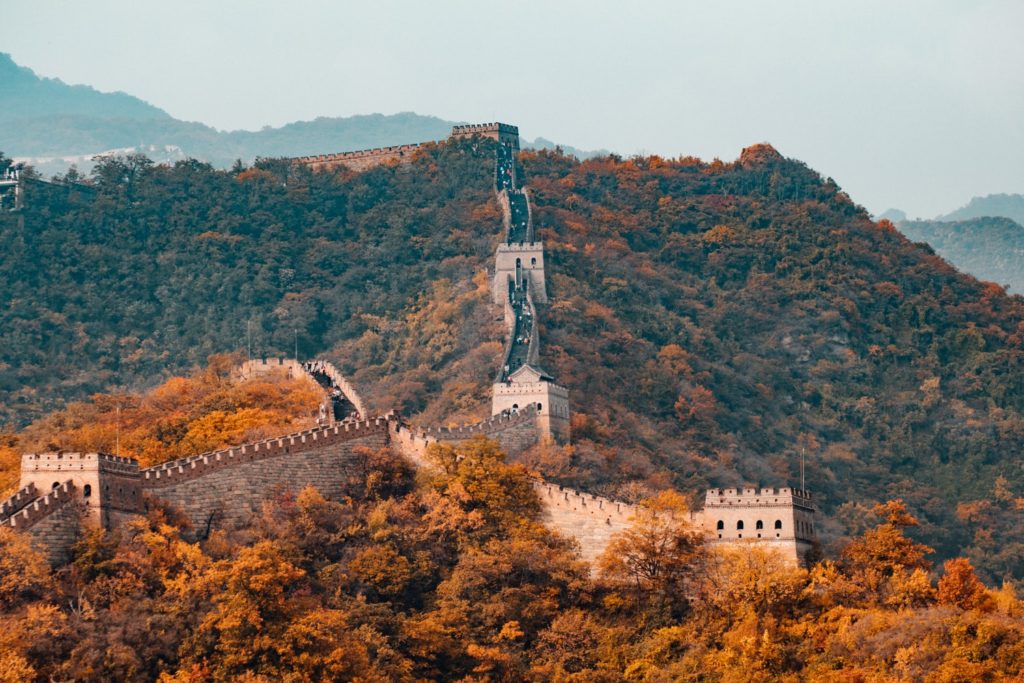
Beijing points of interests
Beijing, the capital of China, is a city rich in history, culture, and natural beauty. Here are some of the top points of interest for visitors to the city:
The Forbidden City: This grand palace complex was the imperial palace of the Ming and Qing dynasties and is now a UNESCO World Heritage Site. It is a must-see for anyone interested in Chinese history and architecture.
The Great Wall of China: The most famous Chinese landmark, the Great Wall is a series of fortifications made of stone, brick, tamped earth, wood, and other materials. The most visited section is Badaling, located in Shijingshan district.
The Temple of Heaven: This complex of religious buildings was where the emperors of the Ming and Qing dynasties would perform sacrifices to heaven. The temple is surrounded by beautiful gardens and is a great place to relax and learn about Chinese culture.
Tiananmen Square: This large city square is one of the most famous public spaces in the world and is home to the Monument to the People’s Heroes, the Great Hall of the People, and the National Museum of China.
The Summer Palace: This royal garden and palace complex is located in the western suburbs of the city and is a UNESCO World Heritage Site. It is a great place to take a stroll and enjoy the beautiful landscaping and architecture.
The 798 Art District: This area is Beijing’s premier destination for contemporary art and culture. It is home to many galleries, studios, and exhibition spaces and is a great place to experience the city’s creative side.
Wangfujing Street: This famous shopping street is a good place to find Chinese souvenirs, traditional snacks, and luxury brands.
Sanlitun: This is another popular shopping and entertainment area, known for its international brands, high-end shops, and trendy bars and restaurants.
Beijing National Stadium (Bird’s Nest): The iconic stadium from the 2008 Olympics is a must-see for architecture enthusiasts, and it’s open for tours.
The 798 Space: This is a former factory turned into a cultural center, is a must-see for art lovers, it features a lot of exhibitions and galleries.
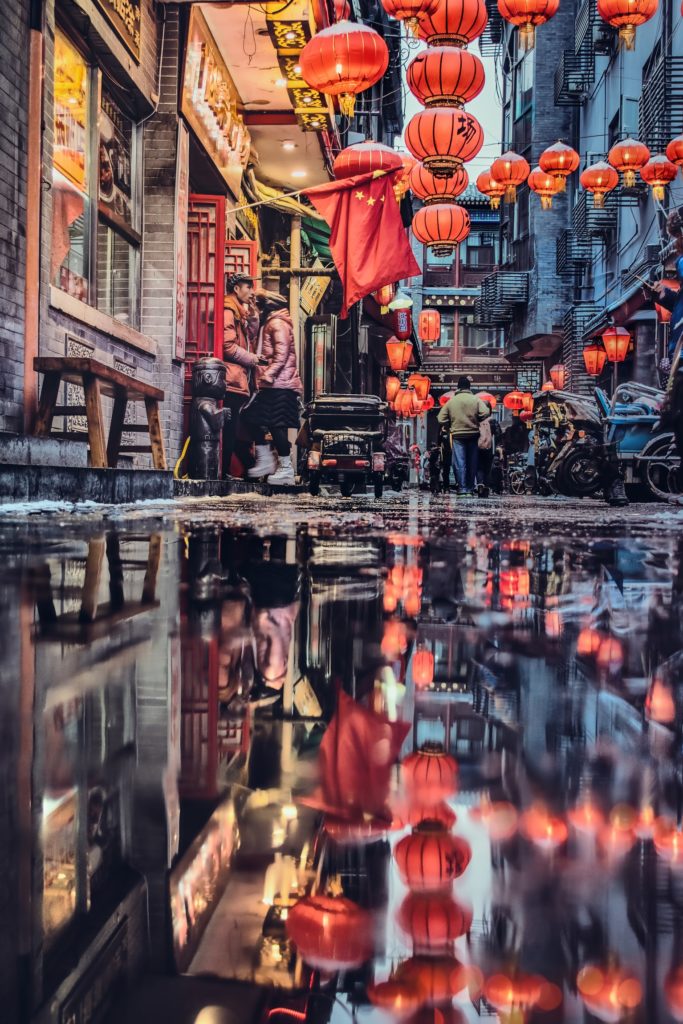
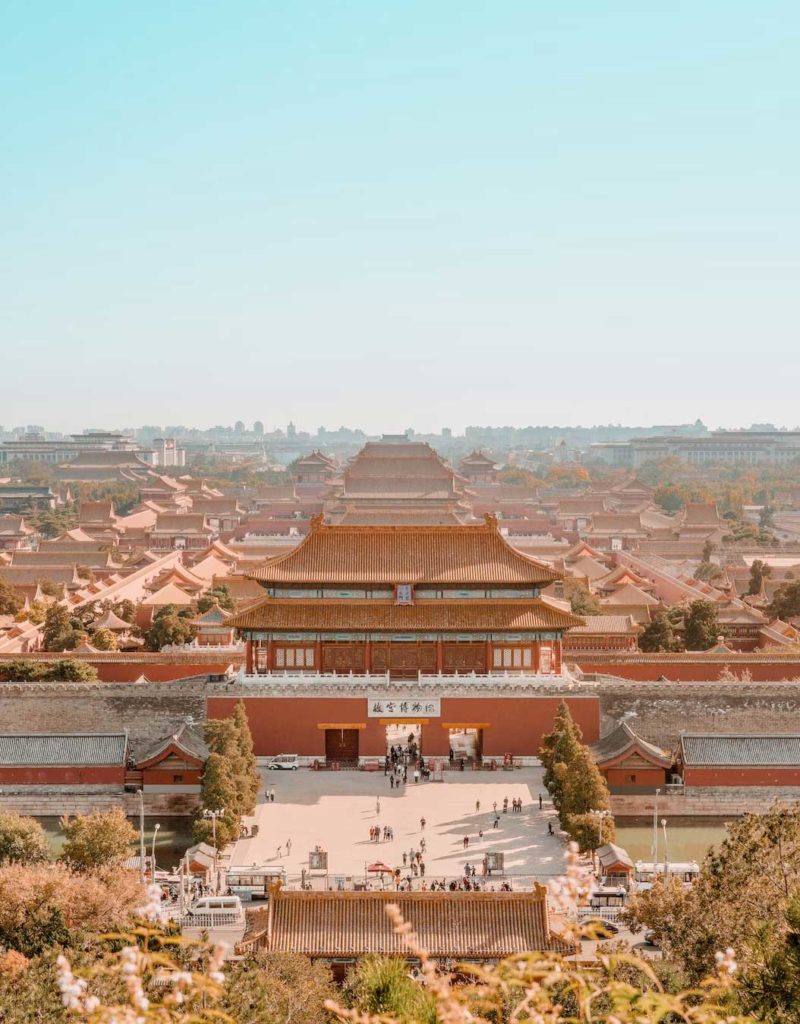
How to get around in Beijing
Beijing is a large city with many transportation options for getting around. Here are some popular ways to navigate the city:
Subway: The Beijing subway is a fast and convenient way to get around the city. It is also one of the most affordable options, with fares starting at just CNY3 for a single ride. The subway system is extensive and covers most of the city, including all major tourist destinations.
Bus: The bus system in Beijing is also extensive, and it is a good option for getting around if you are looking for a cheaper alternative to the subway. Buses cover most areas of the city and are generally very affordable, with fares starting at CNY2.
Taxi: Taxis are a convenient and comfortable way to get around the city, and they are widely available. However, they are more expensive than the subway or bus and can be affected by traffic congestion.
Bike-sharing: Beijing has a large bike-sharing network, which can be a great way to get around the city. Bikes can be rented from various bike-sharing stations around the city, and they can be returned to any station.
Walking: Walking is a good way to get around the city, especially in central areas where many of the tourist attractions are located. This can be a good way to explore the city’s many neighborhoods and traditional hutongs.
Didi: Didi is a ride-hailing service like Uber, it can be a convenient way to get around the city, especially if you are traveling with a group or have a lot of luggage.
Most transportation options in Beijing are cashless, you will need to have a Chinese bank account and a Chinese phone number to use them, or use a third party payment method such as Alipay or WeChat pay.
Beijing suffers from heavy traffic, especially during rush hour, so it’s best to plan your journey in advance and to allow extra time for your trip.
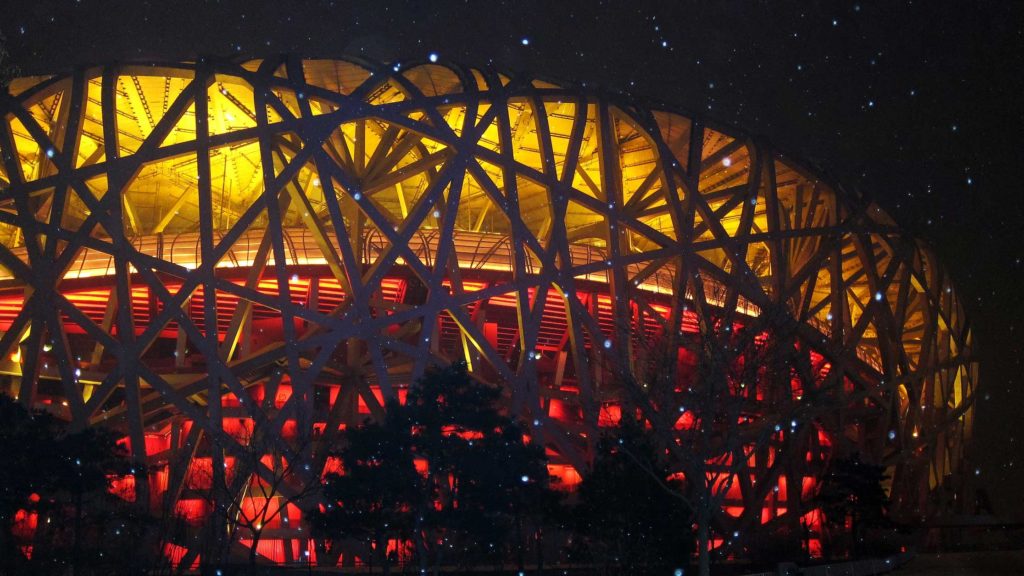
Food specialities in Beijing
Beijing is a city with a rich culinary tradition and a diverse range of food specialties. Here are some popular dishes and food specialties that visitors to the city should try:
Peking Duck: This is one of the most famous dishes from Beijing, and it is a must-try for any food lover. The duck is roasted to perfection and then served with thin pancakes, scallions, and a sweet bean sauce.
Jiaozi: Jiaozi are a type of Chinese dumpling that are filled with a variety of meats and vegetables. They are a popular street food and can be found at many food stalls and restaurants around the city.
Zha Jiang Mian: This is a type of Chinese noodle dish that is made with a fermented bean paste sauce and various vegetables. It is a hearty and flavorful dish that is popular in Beijing.
Guo Tie: These are a type of Chinese fried dumpling that are similar to jiaozi but are pan-fried instead of steamed. They are a popular street food and can be found at many food stalls and restaurants around the city.
Baijiu: This is a strong Chinese liquor that is made from fermented grains. It is a popular drink in Beijing and is often served at banquets and special occasions.
Beijing Roast Duck: Beijing Roast Duck is another famous Beijing dish, it’s prepared by hanging the ducks to dry, then roasting them in a closed or hung oven, then it’s served in thin slices with pancakes, scallions, and sweet bean sauce.
Baozi: These are steamed buns that are filled with various meats and vegetables. They are a popular breakfast food and can be found at many food stalls and restaurants around the city.
Roujiamo: This is a type of Chinese sandwich that is made with a crispy flatbread and a variety of fillings such as pork, beef, and vegetables. It is a popular street food and can be found at many food stalls around the city.
Tianfu Apple: This is a type of apple that is grown in the Tianfu region of Sichuan province, it is a popular snack and is often served as a dessert.
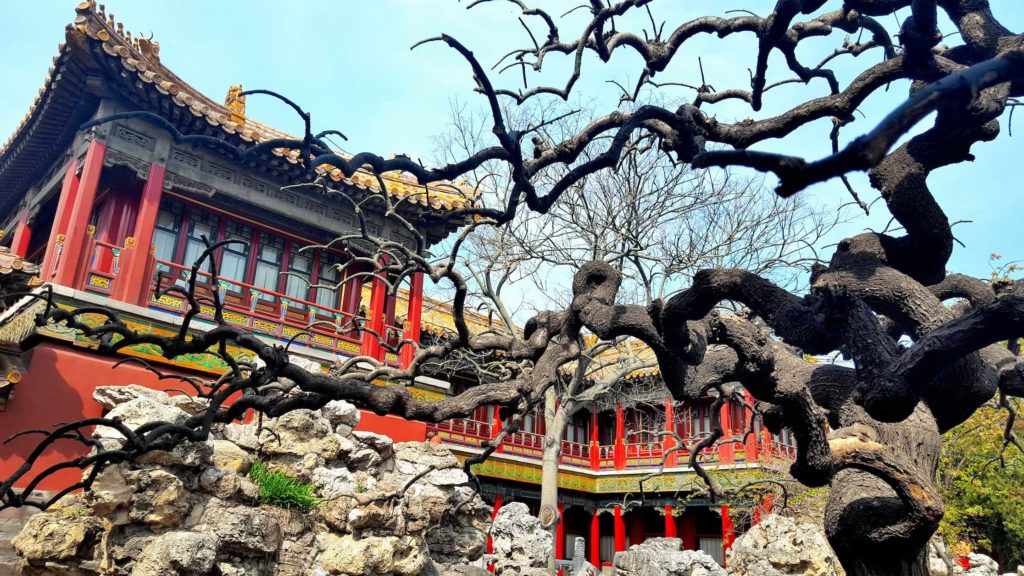
Best rooftops in Beijing
Beijing is home to many rooftop bars and terraces that offer stunning views of the city. Here are some of the best rooftops in Beijing:
Capital M – Located in the historic Qianmen area, Capital M offers panoramic views of the city from its terrace. The menu features modern European cuisine and a wide selection of wines and cocktails.
The Opposite House – This luxury hotel offers a rooftop terrace with views of the city’s skyline and the nearby Sanlitun shopping district. The terrace features a bar and lounge area, as well as a small infinity pool.
The Ritz-Carlton Beijing Financial Street – This hotel features a rooftop terrace with views of the city’s central business district, including the iconic CCTV building. The terrace features a bar and lounge area, as well as a small infinity pool.
The Temple Hotel – This hotel features a rooftop terrace with views of the city’s historic temples and landmarks, including the nearby Temple of Heaven. The terrace features a bar and lounge area, as well as a small infinity pool.
The St. Regis Beijing – This luxury hotel features a rooftop terrace with views of the city’s famous landmarks, including the Forbidden City and the Tiananmen Square. The terrace features a bar and lounge area, as well as a small infinity pool.
The Peninsula Beijing – This luxury hotel features a rooftop terrace with views of the city’s famous landmarks, including the Forbidden City, the Tiananmen Square and the Olympic Park. The terrace features a bar and lounge area, as well as a small infinity pool.
The Park Hyatt Beijing – This luxury hotel features a rooftop terrace with views of the city’s famous landmarks, including the Forbidden City and the Tiananmen Square. The terrace features a bar and lounge area, as well as a small infinity pool.
HUBEI Rooftop Restaurant – This rooftop restaurant features panoramic views of the city and the Forbidden City, with a menu of traditional Chinese cuisine and a wide selection of wines and cocktails.
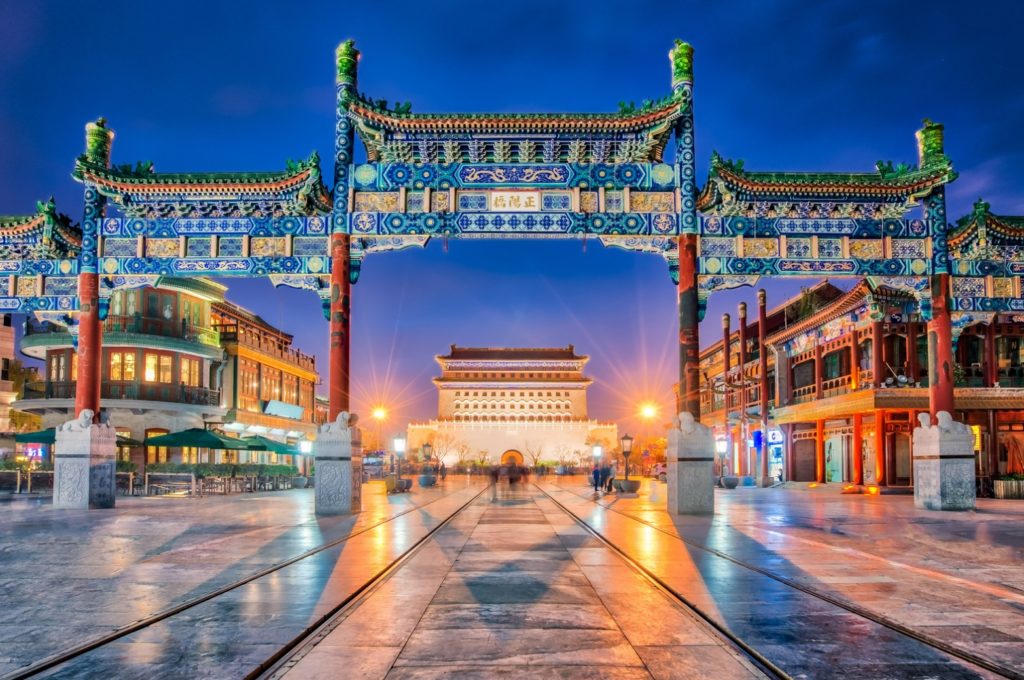
Art and culture in Beijing
Beijing is a city with a rich history and culture, and it is home to many art and cultural institutions. Here are some popular places to experience art and culture in Beijing:
The National Museum of China: This museum is the largest museum in China and has a vast collection of Chinese art and artifacts. It covers the history of China from ancient times to the present day and is a great place to learn about the country’s culture and history.
The Capital Museum: This museum is dedicated to the history and culture of Beijing. It has a collection of artifacts from the city’s past, including ancient pottery, bronze objects, and calligraphy.
The 798 Art District: This area is Beijing’s premier destination for contemporary art and culture. It is home to many galleries, studios, and exhibition spaces and is a great place to experience the city’s creative side.
The National Centre for the Performing Arts: This opera house and concert hall is a stunning example of modern architecture and is home to many of the city’s performing arts companies.
The Forbidden City Concert Hall: This concert hall is located inside the Forbidden City and features regular classical music performances.
The Poly Theatre: This theater is one of the biggest in Beijing, it features various performances such as plays, operas, ballets, and concerts.
The Peking Opera: This traditional Chinese opera is a popular art form in Beijing and can be seen at various theaters around the city.
The National Library of China: This library is one of the largest in the world, it holds a vast collection of books, manuscripts, and documents, and it’s also a great place to learn about Chinese literature.
The Central Academy of Fine Arts Museum: This museum is the first of its kind in China, it features a collection of Chinese and international modern and contemporary art.
The Capital Museum of Natural History: This museum is a great place to learn about the natural history of China, it features various exhibitions and interactive displays.
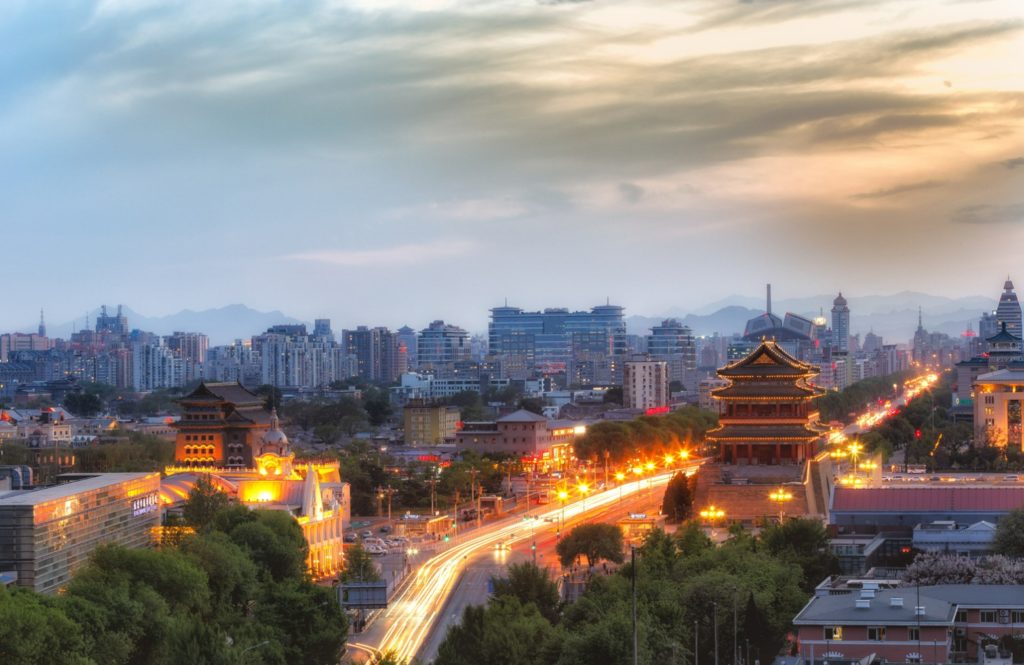
What’s it like to live in Beijing
Beijing is a large and bustling city that offers a unique blend of tradition and modernity. Here is a general overview of what it’s like to live in Beijing:
Cost of living: Beijing is one of the most expensive cities in China, with a high cost of living. Housing, transportation, and food can be expensive, although it’s possible to find more affordable options if you are willing to look.
Weather: Beijing has a continental monsoon climate, it can be hot and humid in the summer, and cold and dry in the winter. The city also experiences heavy air pollution, especially in the winter.
Transportation: Beijing has a well-developed public transportation system, including subway and bus lines, which makes it easy to get around the city. However, traffic can be heavy during rush hour, making for longer commute times.
Air Quality: The city suffers from heavy air pollution, especially during the winter months, this can make it difficult to spend time outside and it’s important to take precautions such as wearing a mask.
Food: Beijing offers a wide range of culinary options, from traditional Chinese dishes to international cuisine. There are many restaurants, food courts, and street food vendors to choose from.
Language: Mandarin Chinese is the official language spoken in Beijing, but many people also speak English, making it relatively easy for foreigners to get by.
Culture: Beijing has a rich culture and history, and there are many cultural institutions and historical sites to explore, such as the Forbidden City, the Temple of Heaven, and the Summer Palace.
Nightlife: Beijing has a lively nightlife scene, with many bars, clubs, and live music venues to choose from. The city also has a variety of shopping options, from high-end luxury brands to traditional markets.
Education: Beijing has a large number of international schools and universities, making it a great place for expats with children or for those looking to further their education.
Community: There is a large expat community in Beijing, and many expat-oriented social and cultural events take place throughout the year.
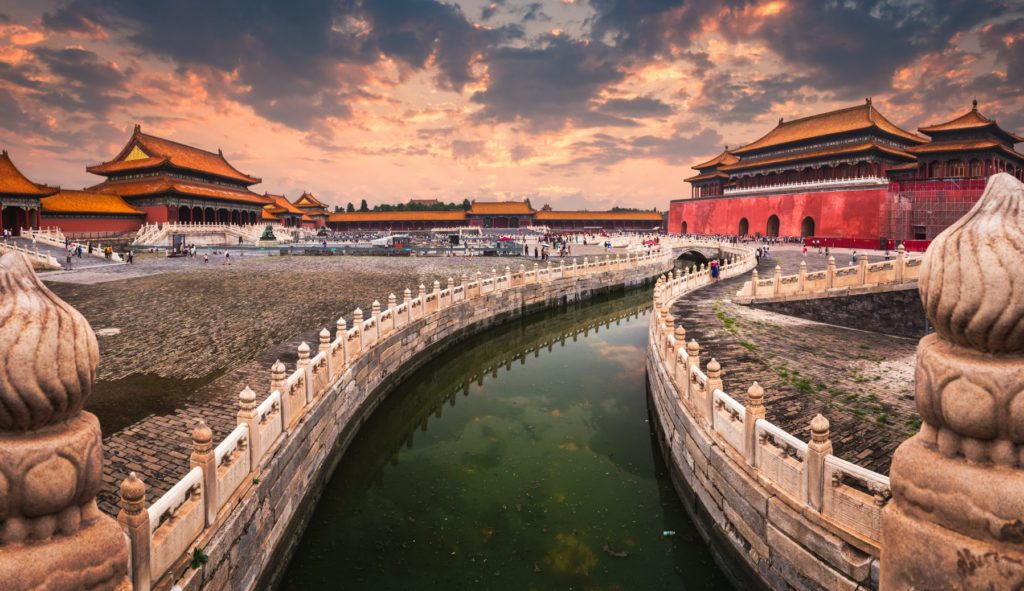
Culture and etiquette in Beijing
Here are some key aspects of the local culture and customs in Beijing:
Respect for tradition: Beijing is home to many important historical sites, such as the Forbidden City and the Temple of Heaven, which are sacred to the Chinese people. Visitors should be mindful of this and show respect for these places by dressing modestly and being quiet and respectful while visiting.
Family-oriented culture: Chinese culture places a strong emphasis on family and filial piety, so visitors should be aware that many locals may be very family-oriented and traditional in their values.
Face-saving: In Chinese culture, “face” or “mianzi” is an important concept, which refers to one’s reputation, prestige, and social standing. Being polite and respectful, especially in social interactions and in business, is a way to avoid losing face and causing embarrassment.
Food culture: Food is a central part of Chinese culture, and Beijing is known for its delicious local cuisine, such as Peking duck and dumplings. Visitors should try some of these traditional dishes and explore the city’s food markets and street food vendors.
Tea culture: Tea is an important part of Chinese culture and is often offered as a sign of hospitality. Visitors should be prepared to be offered tea and to be taught the traditional way of drinking it.
Gift-giving culture: Gift-giving is a common practice in China, and visitors should be aware that it may be expected when visiting someone’s home or when doing business.
Respect for elders: In Chinese culture, older people are highly respected and should be treated with deference and respect. Visitors should be aware of this and be respectful of older people, such as by allowing them to go first in line and using polite forms of address.
Cultural etiquette: When visiting Beijing, visitors should be aware of the cultural etiquette, for example, avoid pointing your chopsticks at other people, don’t stick your chopsticks upright in a bowl of rice, and don’t leave a bowl of rice unfinished.
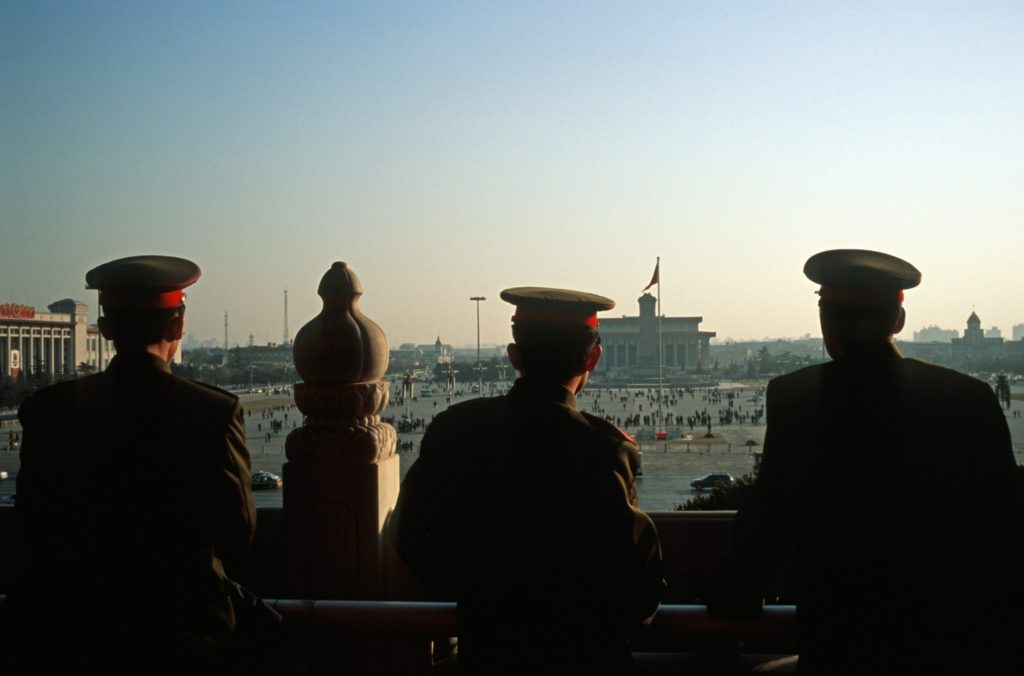
Shopping, paying and taxes
When shopping or paying for food in Beijing, it’s important to be aware of the local taxes, service charges, and customs around tipping.
Taxes: In China, a value-added tax (VAT) of around 17% is included in the prices of goods and services. Additionally, there is a consumption tax on luxury goods such as tobacco and alcohol.
Service charges: Service charges are generally not added to restaurant or hotel bills in China, unlike in many other countries. Therefore, it’s not necessary to add a service charge to your bill.
Tipping: Tipping is not a common practice in China, and it is not expected in most service-related businesses, including restaurants, hotels, and shops. However, it is becoming more common in the tourism industry and for foreigners, especially in five-star hotels and restaurants. It is generally considered acceptable to leave small change or round up the bill if the service was good.
Bargaining: Bargaining is a common practice in Beijing’s markets and street-side shops, and it’s expected that customers will haggle to get the best price. However, in big department stores, shopping malls and restaurants, the prices are fixed and bargaining is not allowed.
Payment: Cash is still widely used in Beijing, but credit and debit cards are increasingly accepted in larger stores, restaurants, and hotels.
Return policy: Return policies can vary by store, but most shops will not accept returns or exchanges. It’s important to carefully inspect items before purchasing and to confirm the store’s return policy.
–
Check our other travel guides.